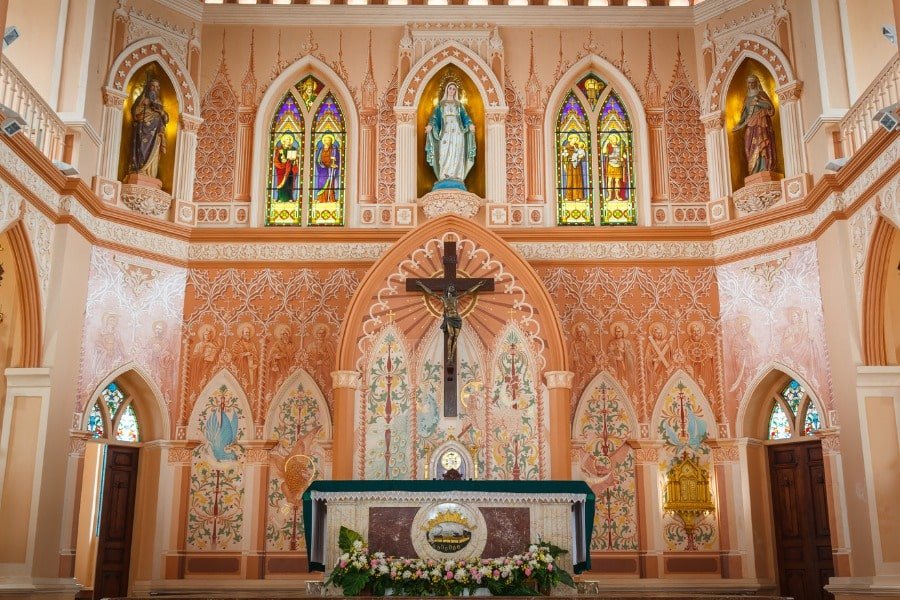
As Paul writes in Ephesians 2:16, Christ came to create one unified body of believers.
The Seven Churches mentioned in Revelation exemplify different types of churches in God’s view, highlighting their virtues and flaws. The purpose of these letters is to provide guidance, correction, and encouragement not only to these seven congregations but to the entire Church body, emphasizing the need for unity and fidelity to Christ.
No, we cannot attribute the Book of Revelation to a single author in the conventional sense.
The content is the revelation of God, received through a vision by John of Patmos and transcribed by Bishop Procorius. The book contains the words of God delivered through the visions granted to John, making it a divinely inspired text rather than a literary creation by a single human author.
In conclusion, the letters to the Seven Churches were received by John the Apostle as a vision from God, penned by Procorius, and are intended to provide messages not only to these specific churches but to all Christian communities throughout history.

No, the Seven Churches mentioned in the Book of Revelation are not physical buildings that still exist today.
These churches were not defined by their structures but by the congregations of early Christians who gathered there. The term “church” in this context refers to the assembly or community of believers, not to a specific building. Even if any of the historical structures did exist, they would hold no true significance without the faithful people who formed the church community.
No, because the churches mentioned in the Book of Revelation were never about the physical buildings.
The Book of Revelation addresses the congregations, the communities of Christians who were living amidst the challenges and pressures of a dominant pagan society within the Roman Empire. The struggles, faithfulness, and failures of these communities are what the letters highlight, not the structures they may have met in. Today, we can visit the ancient ruins of the cities where these congregations once lived—Ephesus, Smyrna (modern-day Izmir), Pergamum, Thyatira, Sardis, Philadelphia (modern-day Alaşehir), and Laodicea—but no original church buildings from that era remain intact.
The Seven Churches were congregations of early Christians, not physical structures.
The word “church” (Greek: ekklesia) refers to an assembly or gathering of believers. These were communities of faith that were highly significant as they were some of the earliest Christian congregations, living in a predominantly pagan society. They faced numerous challenges and temptations, some standing firm in their faith, while others compromised with their surroundings.
Understanding these as congregations helps us focus on the true meaning of “church” as a body of believers.
The focus of the letters in Revelation is on the spiritual state and behavior of the congregations, not on a specific building. The letters address the faithfulness, struggles, and shortcomings of these communities, led by their “Angelos”—a term which means “messenger” and in this context refers to the pastors or leaders of these congregations.
These congregations were typically led by a pastor or priest, referred to in the letters as the “Angelos” or messenger.
The term “Angelos” (Greek for “angel” or “messenger”) in Revelation symbolizes the leaders of these churches, indicating that each congregation had a responsible leader who conveyed the spiritual state and needs of the congregation. The messages in the letters are directed at these leaders, urging them to guide their communities according to God’s will.
In conclusion, the Seven Churches of Revelation were not physical buildings but congregations of early Christians, each with its own spiritual condition and challenges. These letters emphasize the importance of the community of believers and the leadership of their spiritual guides.
The use of seven in the context of the churches is meant to encompass the entirety of the Church as the Body of Christ. By addressing seven distinct churches, the Book of Revelation speaks to the totality of all Christian experiences—past, present, and future. It serves as a message of caution, encouragement, and hope, making the number seven a sacred symbol in the Christian faith.